we went for a long bush walk through carnarvon gorge today, a really long one. and i must admit, i’m unsure which one i liked better: the takarakka bush retreat or the walk through carnarvon gorge. both were great and are highly recommended.
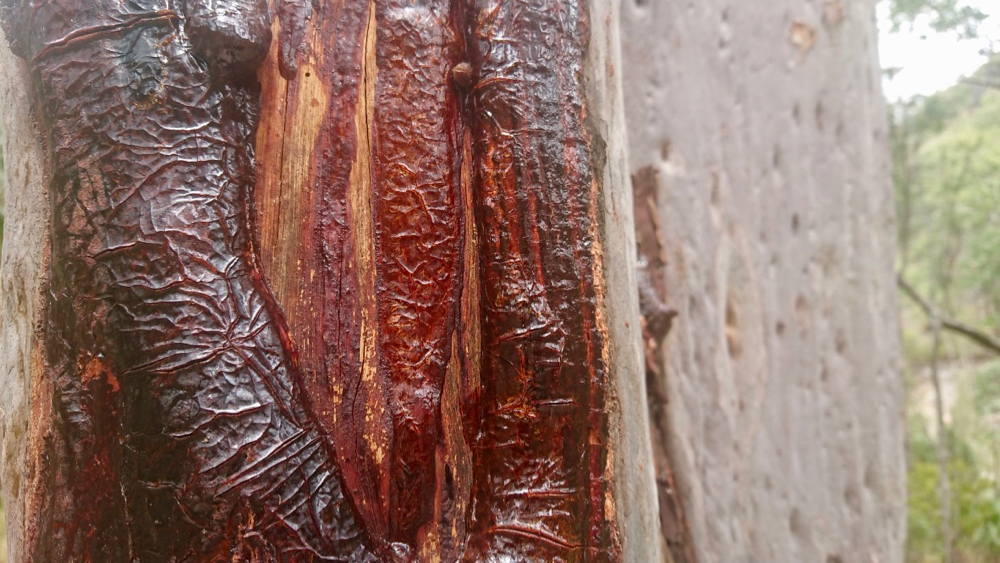
we had been told that the vegetation in carnarvon gorge is similar to what australia would have looked like when banjo and matilda were around.
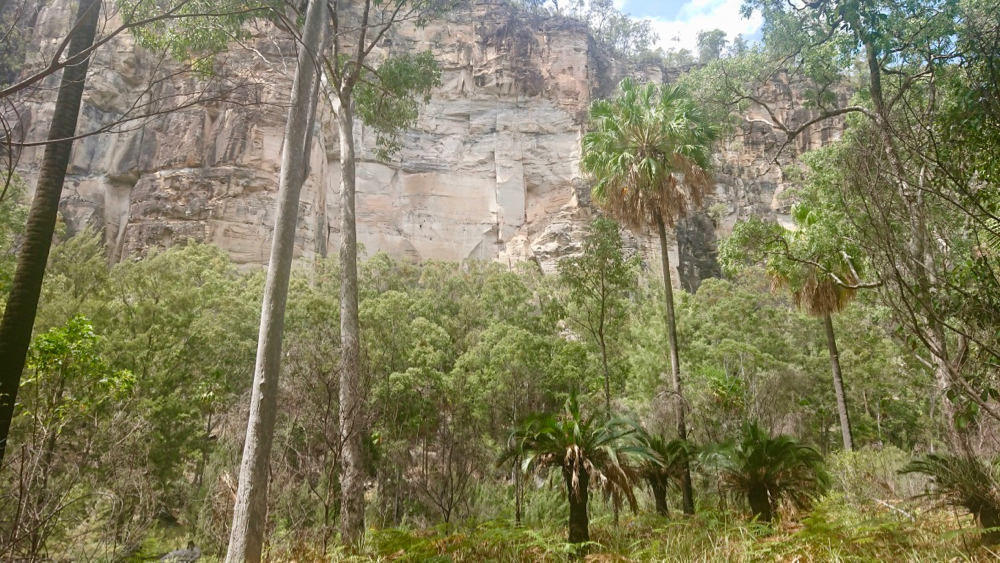
the guys didn’t have a bad place, we got to given them that.
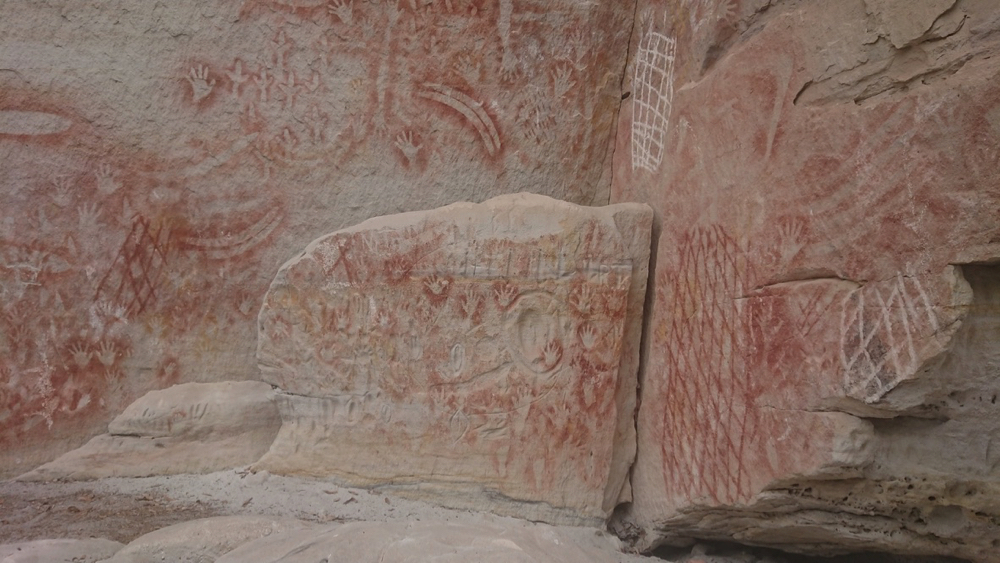
the art gallery with the amazing stencil paintings is towards the end of the middle gorge, and as far as we walked today. it’s not a difficult walk on well prepared tracks, with a few shallow creek crossings strewn in.
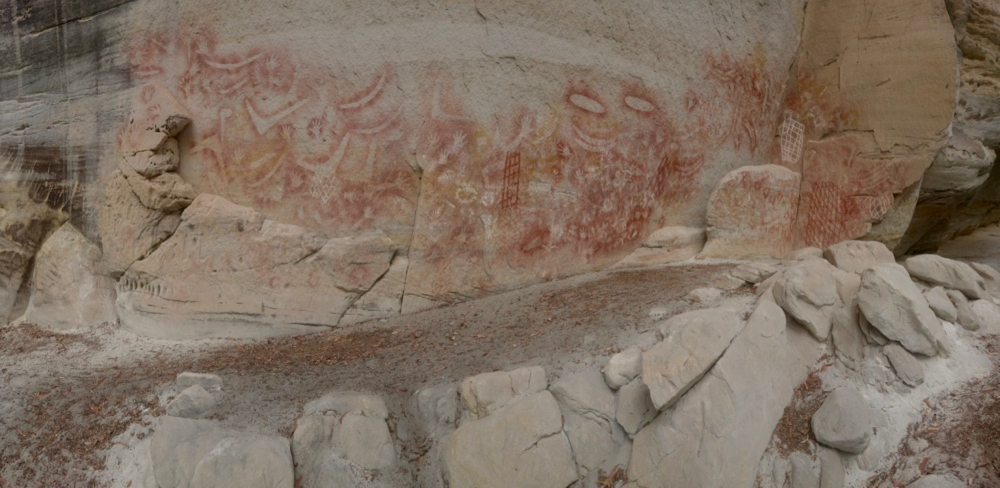
it’s not entirely clear if aboriginal people lived here or only came to stay at certain times. what is beyond doubt, though, is that this is and has been a sacred place. the hash patterns signify burial sites and the rock carvings played a role in the women’s initiation rituals.
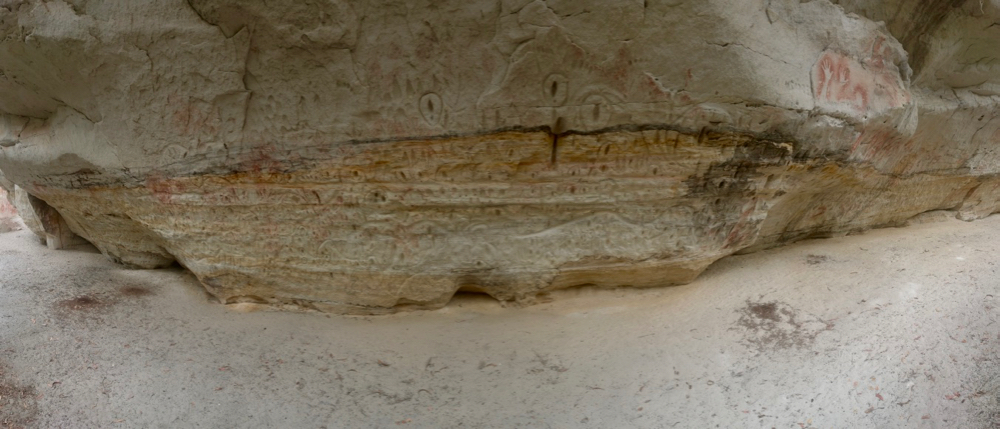
as always a bunch of morons had to use the site to try and immortalise their own pathetic existence. as a result there is now a camera at the site; it is very sad that this is necessary.
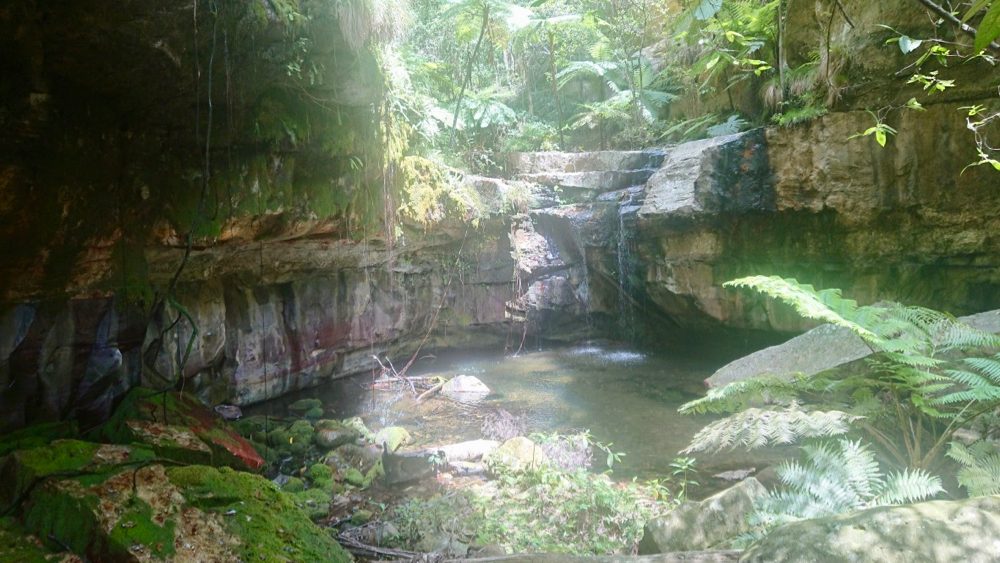
we stopped at the moss garden for our lunch break. water continuously drips from the rocks, as it slowly seeps through the formations and creates a lush green environment.
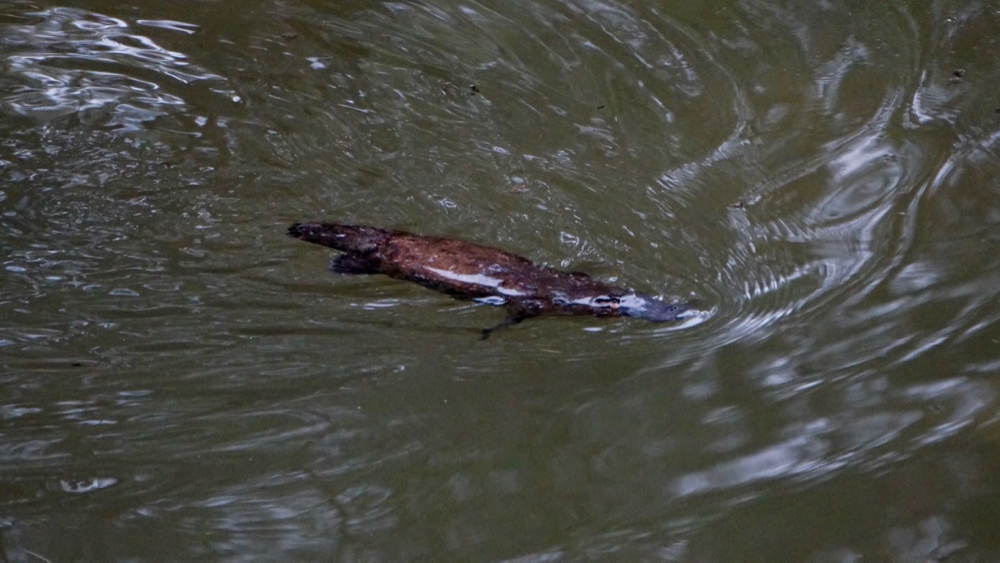
back at the park we went to see the platypus again. the platypus here in the bush resort seem to be used to their superstar role and apparently don’t mind us so much, they just went about their hunt.
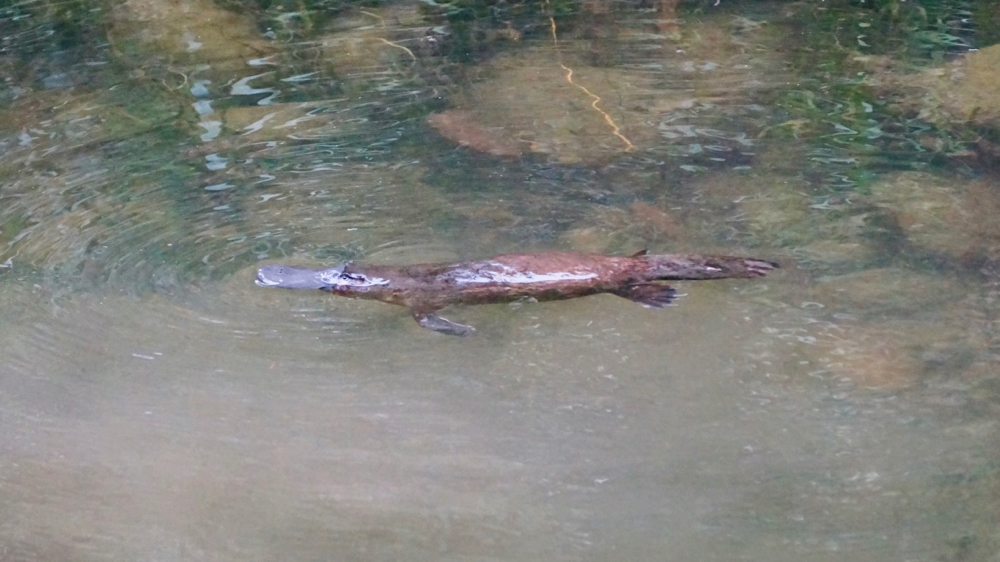
the light was better today and the pictures are a bit better. lovely
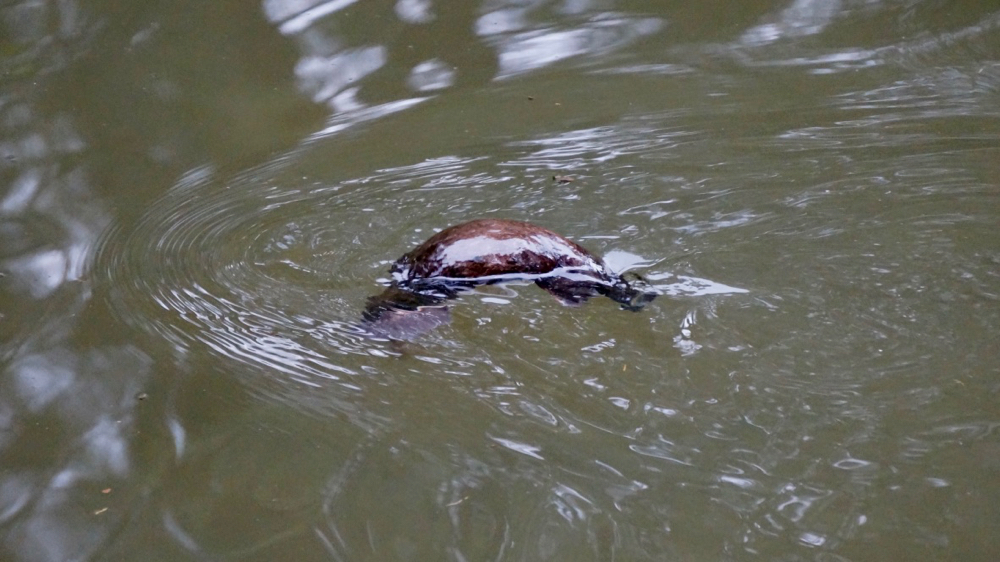
duck dive! see what i did there … duck dive … duck bill … ok?
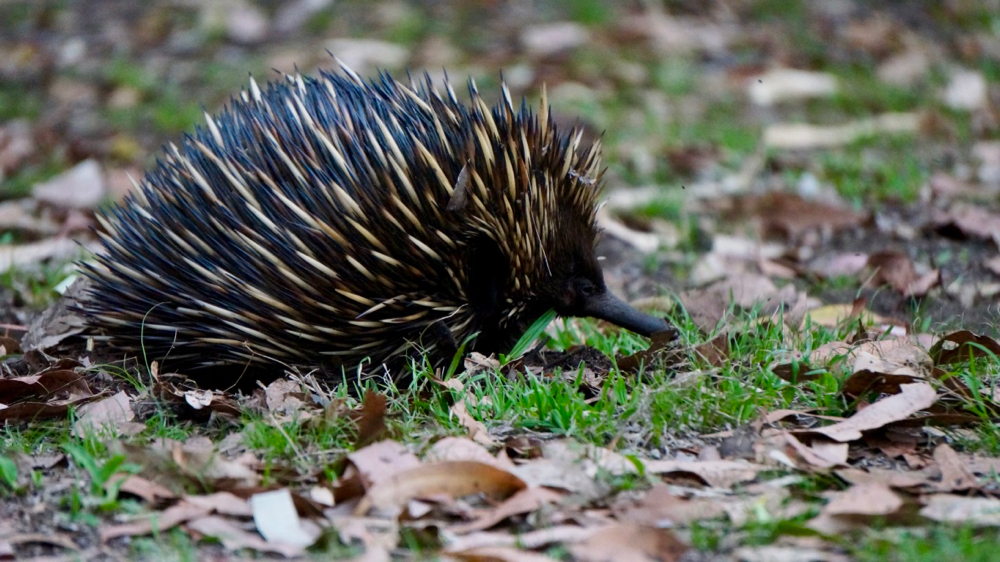
and this is the other member of the monotreme family: the echidna. it also lays eggs and raises live young (called puggles, which natalie finds very cute) which are fed milk.
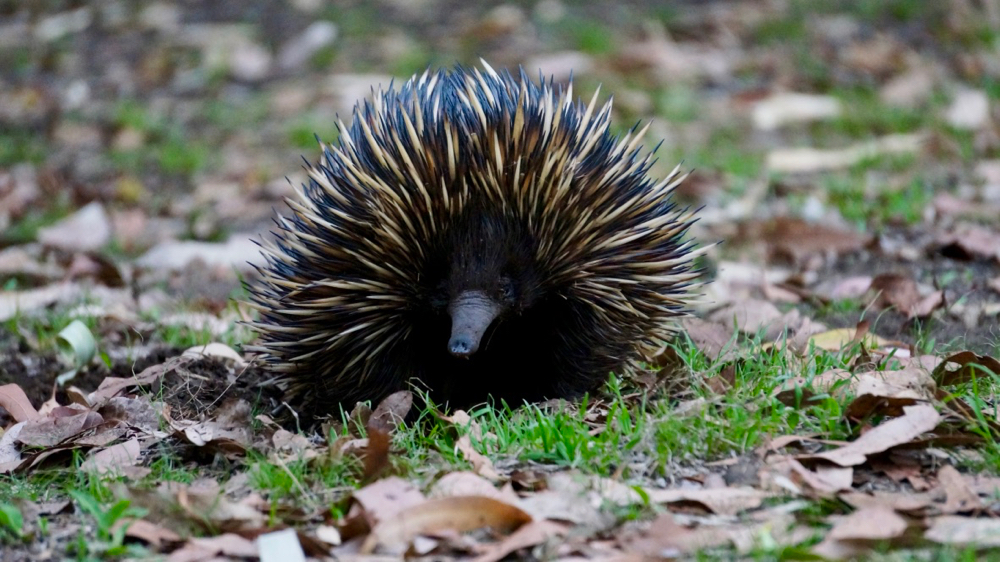
echidnas have funny rear legs, sort of turned around, with their toes facing backwards. their favourite food is ants (the short-beaked variety like this one) or insect larvae (the long-beaked echidnas which actually only live in png), which they catch using their sticky tongues.
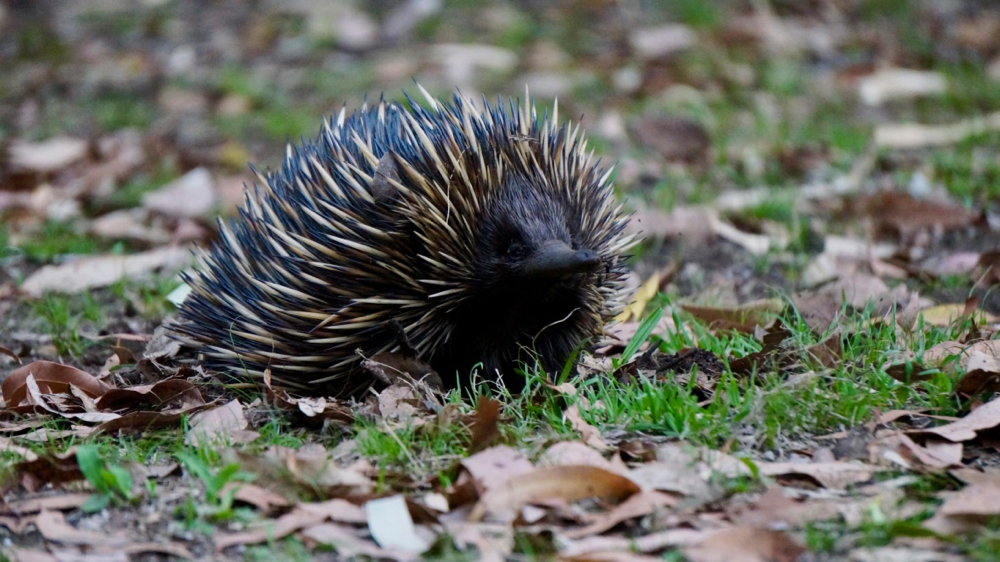
echidans and platypus’ share common ancestor, a platypus-like creature very similar to today’s animals. echidnas then evolved about 50 million years ago to live on land. they rate highly on the cuteness scale.
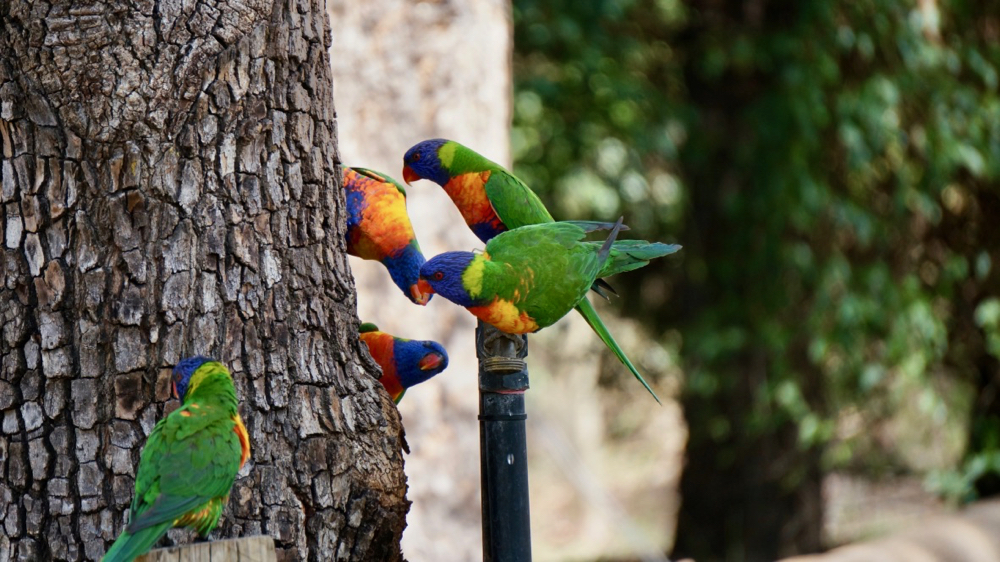
so are these guys; rainbow lorikeets. they live around our house back home as well, they love the grevillias.
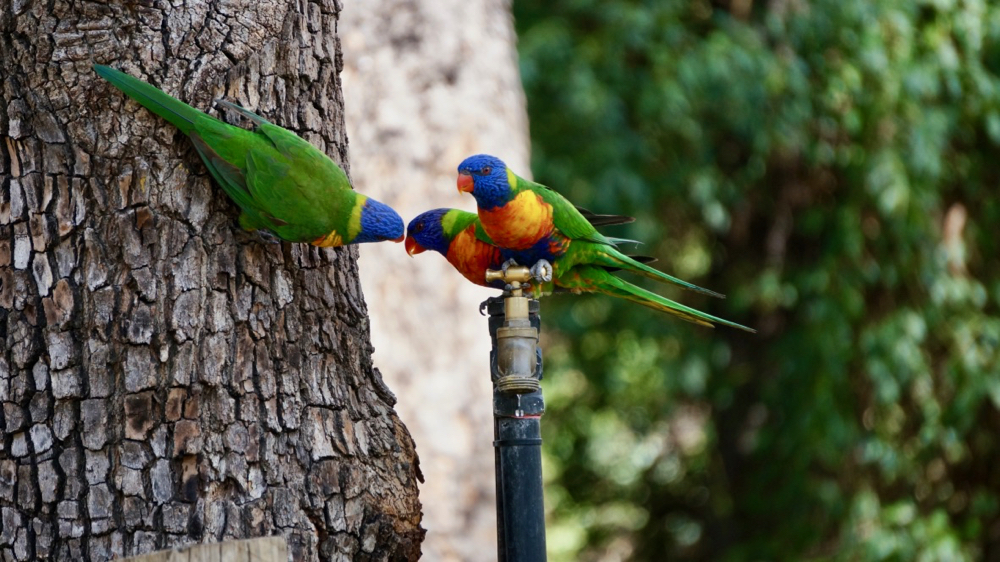
they were just after a drink from the tap.
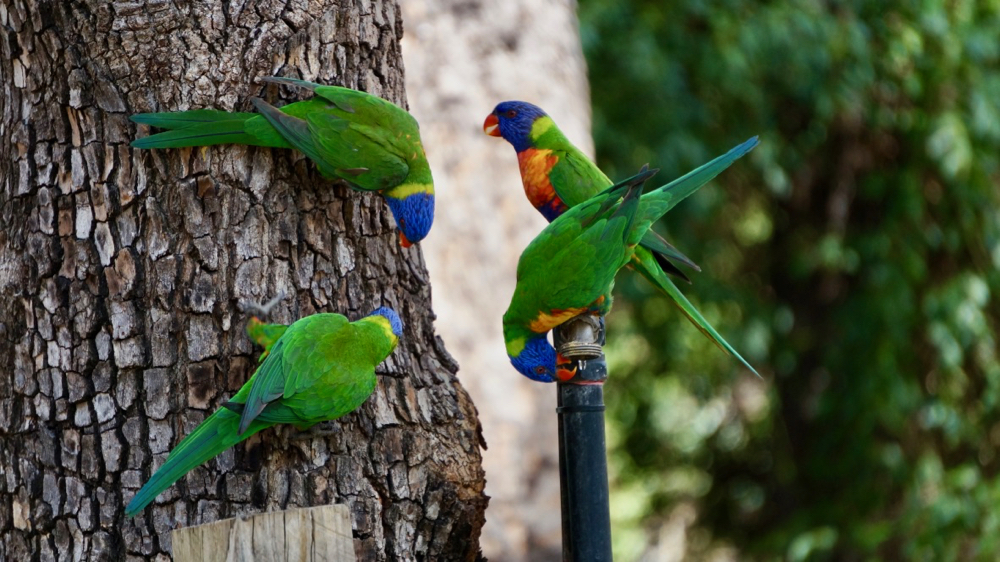
everyone was queueing up.
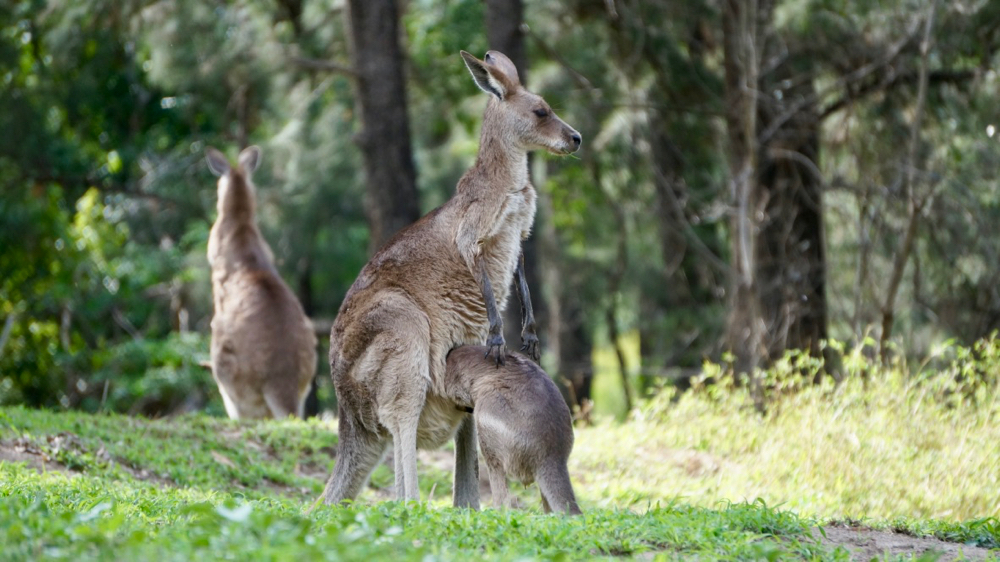
we think the little guy lost his toy. he probably left a mess in his bedroom – typical kids.
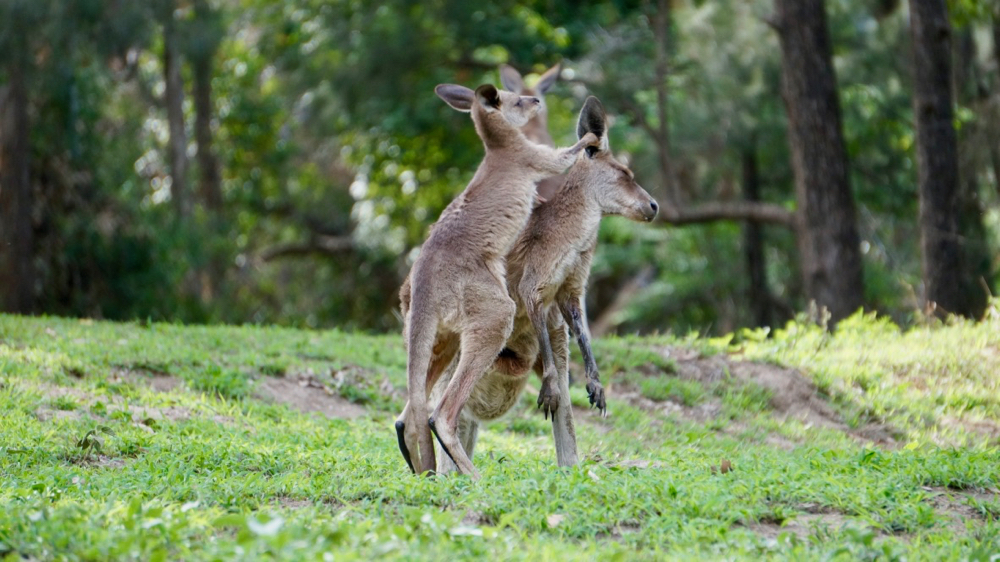
he then started to harass his mum instead. she was pretty patient and just got on with grazing.
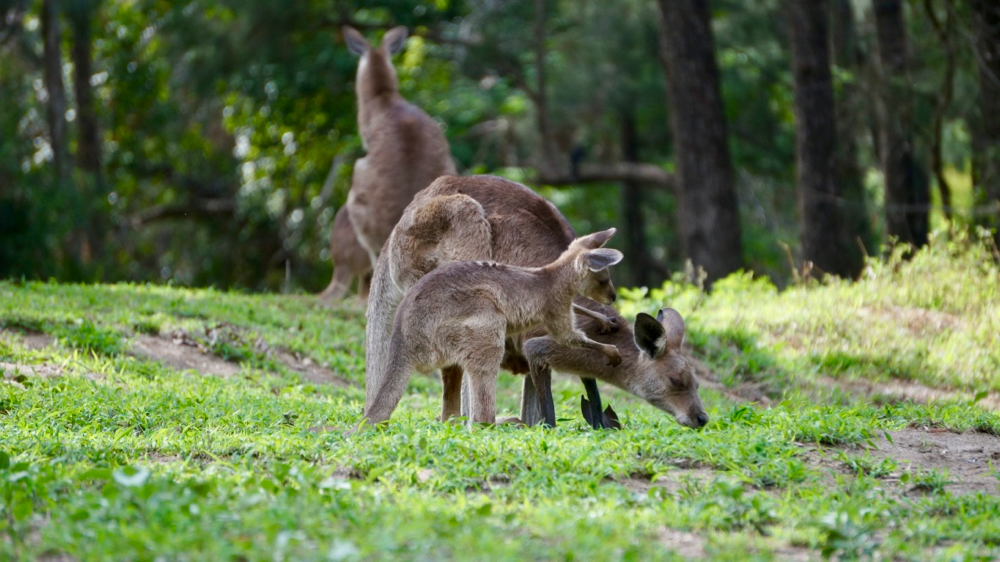
reminds us of our own, doesn’t it. kids ….
